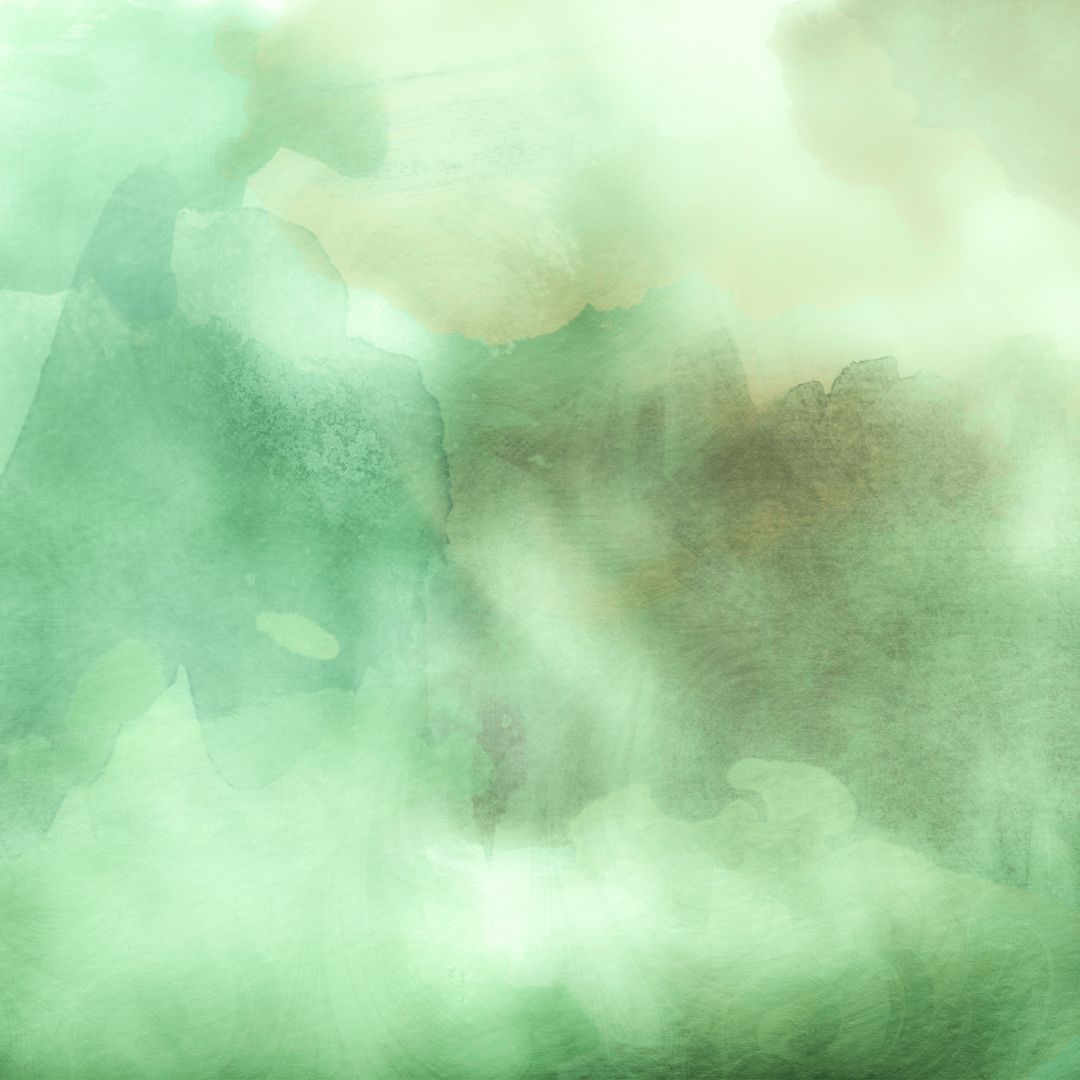How culled trees are breathing new life into marine reefs

Image: Pixabay
Reefs, whether natural or human made, are hotspots of marine biodiversity. But especially in soft-bottomed seas, reefs have now become scarce because many hard substrates have been removed due to overfishing of shellfish, dredging, trawling, and deep-sea mining. How can we restore this lost biodiversity, as encouraged by the UN Decade on Ecosystem Restoration (2021-2030) and the EU Biodiversity Strategy?
Researchers have shown that culled fruit trees sunk into the sea are a cheap and effective way to recreate reefs and boost the local diversity and abundance of marine life. The study, published in Frontiers in Marine Science, was done in the Wadden Sea, a Unesco World Heritage Site and the largest tidal flats system in the world.
"Here we show that native marine biodiversity can be restored in a highly degraded ecosystem like the Dutch Wadden Sea by using trees as reefs," said Jon Dickson, the study's lead author and a PhD candidate at the Royal Netherlands Institute for Sea Research.
"Before humans domesticated the landscape with agriculture, logging, and river controls, trees fell into rivers in large numbers and were washed out to sea. We know that such sunken wood has been present in marine ecosystems since the Jurassic, providing a home, shelter, and food for marine animals."
In April 2022, Dickson constructed 32 pyramid-like structures from 192 felled pear trees past their economic lifespan, and transported these by ship to open waters between the Dutch barrier islands of Texel and Vlieland. There, the ‘tree-reefs’ were rooted in concrete feet and sunk to the soft sea bottom at four different locations, approximately three to four metres deep.
Four months later, they were briefly raised onto a ship to allow the researchers to count the number of different species of sessile organisms on them, for example shellfish, algae, or polyps. They were replaced on the sea bottom and allowed to accumulate more biodiversity for a further two months. Then, three fish traps were lowered around each reef block, as well as nearby control sites, and retrieved 24 hours later. All fish and crustaceans in the traps were counted and measured, with their species identified, before being released unharmed.
"Within six months, the tree-reefs were covered in a profusion of sessile animals and algae, and home to more fish than surrounding control areas," said Dickson.
In total, the researchers found 15 species of sessile organisms: Predominantly barnacles and hydroid polyps, while bryozoa, sea grapes, sea lettuce, and sea stars were also found. Each of these taxa tended to specialise in a different range of heights measured from the sea bottom.
Within tree-reef sites, six species of fish (such as whiting-pout, common goby, and European eel) and four of crustaceans were caught, compared to only two species of fish and five of crustaceans within control sites, approximately 200 metres away. The abundance was likewise greater within the tree-reef sites; for example, 5.1 times more individuals of the dominant species of five-bearded rockling were caught there than in control sites.
"Current findings highlight that initial colonisation of natural tree-reefs is rapid and suggest that recovery of communities associated with woody substrates may be possible by active restoration," concluded the authors.
"Since we have done our experiment only in one sea, we don’t yet know how tree-reefs would perform off the coast of other continents. Also, how long will they function as reefs as they biodegrade? What species will live in, on, and around them in the longer term? These are questions we need to answer," said Dickson.